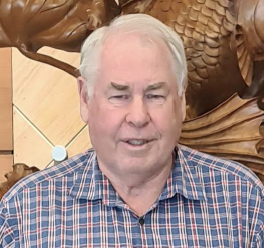It is with great sadness the family and business partners post this notice to say that John Halkett has passed away suddenly and without any warning on Tuesday afternoon 10th October, at his home in Potts Point, Sydney.
As much a force of nature as the trees he loved, John was the Co-founder of Timber Media Australasia, managing director of Forestlands Consulting and the general manager of the Australian Timber Importers Federation. He wrote multiple books and scientific papers on the importance of trees and forests in the world and was a powerful font of enthusiasm and expertise for forestry… Read more “Rest in peace, John. You will be sorely missed.”
Category: Uncategorized
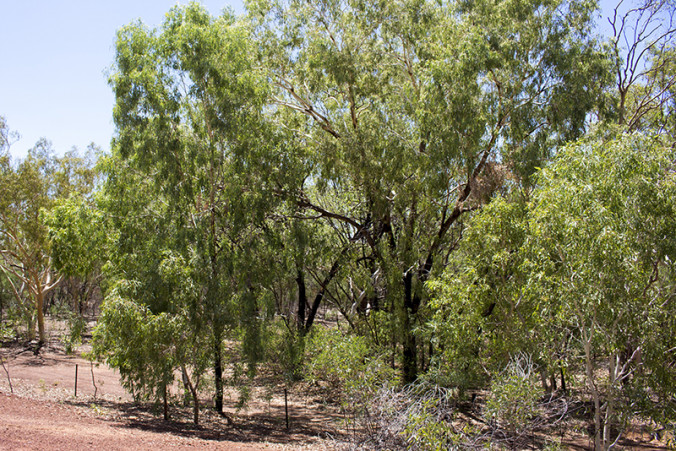
Blue quandong – bush tucker and jam
What is a blue quandong (Elaeocarpus angustifolius) tree? Also called the blue marble tree or blue fig, though it is not a type of fig. Quandong is a corruption of guwandbang, a word of the Wiradjuri aboriginal people of Australia, is a tall, elaboratively buttressed, fast growing evergreen tree. It grows from South East Asia to the south of Queensland and northern New South Wales, preferring rainforests and the banks of streams. Quandong trees can also be found in New Caledonia, the Northern Territory and New Guinea.
Tolerant of both drought and salinity, quandong trees have drooping, leathery,… Read more “Blue quandong – bush tucker and jam”
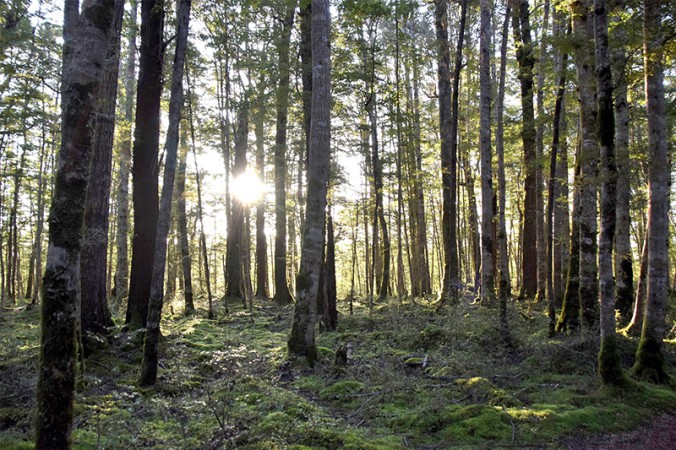
False beeches still evoke tales of Gondwanaland and exploration
Southern beeches, or Nothofagus, are a genus of 43 species of trees and shrubs native to the Southern Hemisphere and found in southern South America, southeast Australia, New Zealand, New Guinea and New Caledonia. They are sometimes dominant in temperate forests in these regions, and were once a feature of coastal regions of Antarctica.
Although separated by 10,000 kilometres of Pacific Ocean from eastern Australia and New Zealand, southern beech occurs along the west coast and the tip of South America. There southern beech forests grows on the western side of the Andes Mountains for about… Read more “False beeches still evoke tales of Gondwanaland and exploration”
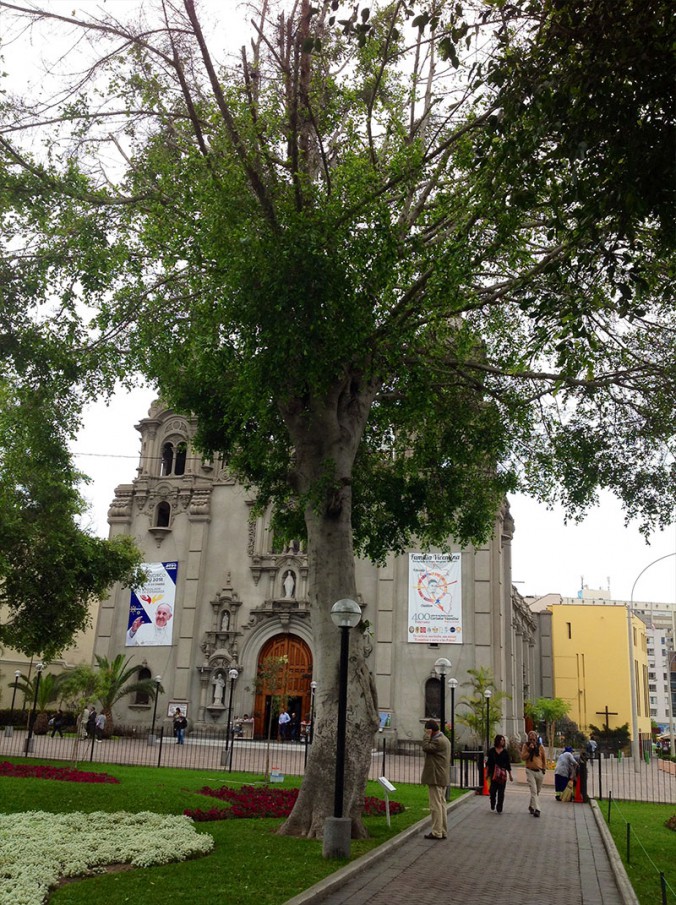
Jungle trees and Pope Francis
Recently been working in Peru where there is much excitement about the upcoming visit by Pope Francis in this almost universally Catholic country. Also of course Peru is famed as Amazon jungle country.
Peru is the fourth largest tropical forest country on the planet. Half of Peru’s land base is classified as forest, the vast majority of which is in the Amazon basin. Its Amazon forests are one of the world’s most biodiverse regions. Deforestation in Peru has traditionally been very low, 0.2-0.4 per cent annually, largely due to difficulty of access.
Current logging activity is concentrated in… Read more “Jungle trees and Pope Francis”
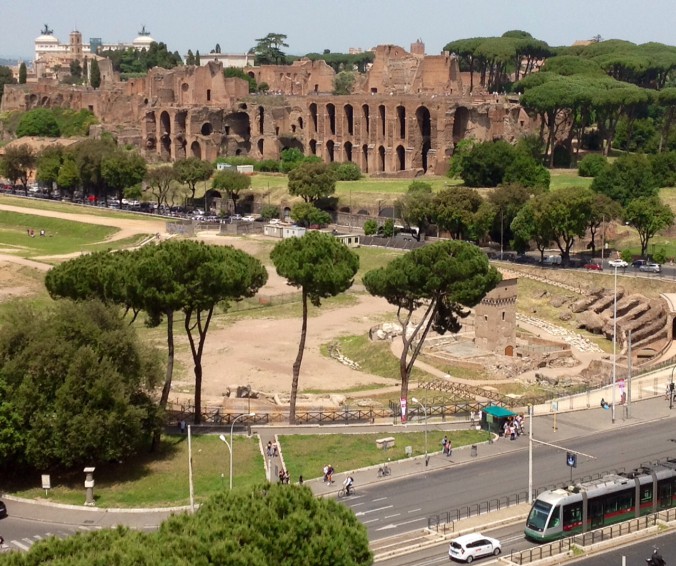
Stone pines – feature of Rome
Just back from working in Rome. Many would say that the defining feature of the place is the colosseum and other ruins from Roman times. Sure they are impressive, but a more universal feature of the city is the extensive plantings of stone pine as street and decorative trees. These highly manicured trees give Rome a distinct look – more so in my opinion that the remnants of Julius Caesar and his mates.
Stone pine (Pinus pinea) also called Italian stone pine, umbrella pine and parasol pine is native to the Mediterranean region, occurring in Southern Europe, Israel, Lebanon and Syria. The tree has been… Read more “Stone pines – feature of Rome”
